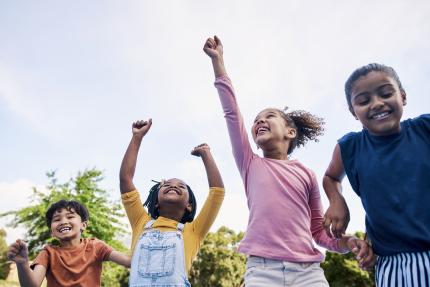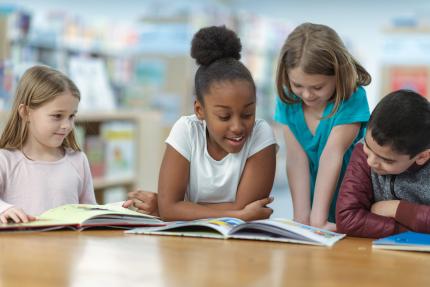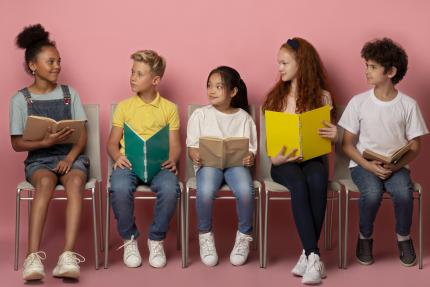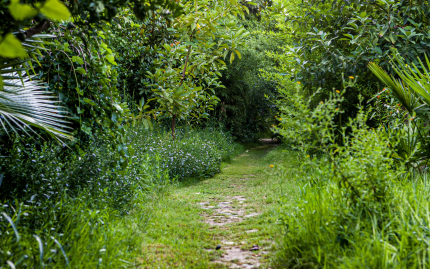Donut Diorama Day

Teens and police officers team up to create three-dimensional doughnut structures in a chaotic competition.

Teens and police officers team up to create three-dimensional doughnut structures in a chaotic competition.

Pinckney Community Public Library hosted an outdoor launch event to promote its new sports equipment lending library.
Develop high-impact health and wellness programming in your library by finding and working with nonprofits.
Reach older adults in your community with by partnering with local aging councils and agencies.
A study finds that partnerships were key to San Jose Public Library's successful health programs.

An Illinois library and a local parks department collaborated to offer a low-cost program combining reading and tumbling.
Students are busy. Here are some tips for getting the most over-extended kids into the library (or bringing the library to them).

A panel event helps parents navigate the complex middle school education options in the Los Angeles area.

A local cemetery collaborates with the library to educate on alternative, Earth-conscious death planning.